Home>Gardening & Outdoor>Plant Care & Gardening Tips>How To Arrange A Native Plant Butterfly Garden
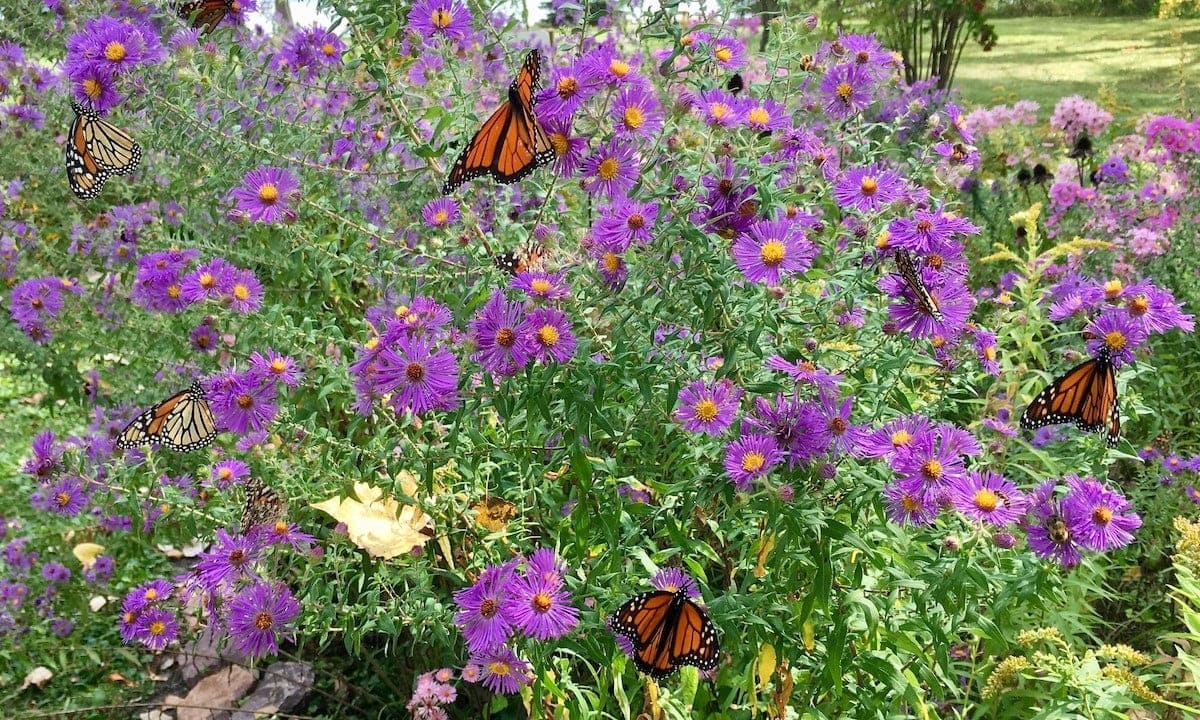

Plant Care & Gardening Tips
How To Arrange A Native Plant Butterfly Garden
Modified: January 6, 2024
Learn how to create a beautiful native plant butterfly garden with our expert plant care and gardening tips. Attract butterflies and enhance your garden with native plants.
(Many of the links in this article redirect to a specific reviewed product. Your purchase of these products through affiliate links helps to generate commission for Storables.com, at no extra cost. Learn more)
**
Introduction
**
Creating a native plant butterfly garden is a delightful and rewarding way to invite these enchanting creatures into your outdoor space. By cultivating a garden that provides a hospitable environment for butterflies, you not only contribute to the conservation of these beautiful insects but also enhance the natural beauty of your surroundings. In this article, we will explore the steps to arrange a native plant butterfly garden, from selecting the right location to maintaining it to attract a variety of butterflies.
Native plant butterfly gardens offer a myriad of benefits, including providing a habitat for local butterfly species, supporting pollinators, and adding vibrant colors and textures to your landscape. Additionally, these gardens require less maintenance and water, making them an eco-friendly and sustainable landscaping choice.
Whether you are an experienced gardener or a novice enthusiast, creating a native plant butterfly garden is an enriching experience that allows you to connect with nature and contribute to the preservation of local ecosystems. In the following sections, we will delve into the essential aspects of establishing and maintaining a thriving butterfly garden, including selecting the right location, choosing native plants, designing the garden layout, and attracting butterflies to your outdoor sanctuary. Let's embark on this captivating journey of creating a haven for butterflies while enhancing the natural splendor of your outdoor space.
**
Key Takeaways:
- Creating a native plant butterfly garden supports local ecosystems, conserves butterfly species, and adds vibrant beauty to your outdoor space. It’s a sustainable and educational way to connect with nature.
- To attract butterflies, choose the right location, native plants, and design features like basking spots and water sources. Regular maintenance and patience will create a welcoming haven for these delicate insects.
Benefits of a Native Plant Butterfly Garden
**
Cultivating a native plant butterfly garden offers a multitude of advantages that extend beyond the aesthetic appeal of colorful blooms and fluttering butterflies. Let’s explore the numerous benefits that these enchanting gardens provide:
Supporting Local Ecosystems: By incorporating native plants into your garden, you create a sustainable habitat for indigenous butterfly species. Native plants are well-adapted to the local environment and provide food and shelter for butterflies at different stages of their life cycle, contributing to the balance and diversity of the ecosystem.
Conservation of Butterfly Species: As natural habitats continue to diminish, native plant butterfly gardens play a crucial role in conserving butterfly populations. By providing a nurturing environment with suitable host plants for egg-laying and nectar sources for adult butterflies, you contribute to the preservation of these delicate insects.
Promoting Biodiversity: Native plant butterfly gardens attract a diverse array of pollinators, including bees and other beneficial insects, fostering biodiversity in your outdoor space. This diversity is essential for the health and resilience of local ecosystems, contributing to the overall well-being of the environment.
Water Conservation: Native plants are inherently adapted to the local climate and soil conditions, requiring less water once established. By choosing native species for your butterfly garden, you promote water conservation and reduce the need for excessive irrigation, aligning with sustainable gardening practices.
Low Maintenance Landscaping: Native plant gardens are generally low maintenance, as these plants are suited to the local climate and soil, reducing the need for fertilizers and pesticides. This results in a more sustainable and eco-friendly approach to landscaping, while also saving time and effort in garden maintenance.
Educational Opportunities: A native plant butterfly garden provides an educational platform for learning about the life cycles of butterflies, the importance of native plants, and the interconnectedness of species within a given ecosystem. It offers a hands-on experience for children and adults alike to observe and appreciate the wonders of nature.
Enhanced Aesthetic Appeal: Beyond their ecological benefits, native plant butterfly gardens add a burst of color, texture, and natural beauty to your outdoor space. The vibrant blooms and fluttering butterflies create a captivating and serene atmosphere, enhancing the overall visual appeal of your garden.
By embracing the myriad benefits of a native plant butterfly garden, you not only create a captivating outdoor sanctuary but also contribute to the conservation of local ecosystems and the preservation of butterfly species. This harmonious approach to gardening fosters a deeper connection with nature while promoting sustainability and biodiversity in your surroundings.
**
Selecting the Right Location
**
Choosing the ideal location for your native plant butterfly garden is crucial for its success and the well-being of the butterflies it aims to attract. Consider the following factors when selecting the location for your butterfly garden:
Sunlight Exposure: Most native plants thrive in areas that receive ample sunlight. Select a location for your butterfly garden that receives at least six hours of sunlight per day, as this is essential for the growth and blooming of native plants, providing nectar and habitat for butterflies.
Protection from Wind: Butterflies are delicate creatures, and strong winds can hinder their ability to feed and navigate. Choose a location that offers some protection from strong winds, such as near a fence, hedge, or natural windbreak, to create a more hospitable environment for butterflies.
Proximity to Water Source: While native plants are generally drought-tolerant once established, access to a water source is beneficial, especially during dry periods. Consider locating your butterfly garden within reach of a water source, such as a hose or irrigation system, to ensure the plants receive adequate moisture when needed.
Accessibility and Visibility: Select a location that is easily accessible for observation and maintenance. Placing the butterfly garden near a seating area or along a pathway allows you to enjoy the beauty of the garden and observe the visiting butterflies. Additionally, a visible location can serve as a conversation starter and educational opportunity for visitors.
Soil Quality and Drainage: Assess the soil quality and drainage in the chosen location. Native plants thrive in well-draining soil, so avoid areas prone to waterlogging. Conduct a soil test to determine the pH and nutrient levels, and amend the soil if necessary to create an optimal growing environment for native plants.
Consideration of Butterfly Behavior: Observe the behavior of butterflies in your garden or surrounding areas. Butterflies are attracted to sunny spots where they can bask and warm their wings. Choose a location that provides suitable basking sites, such as rocks or flat stones, to accommodate the behavioral needs of butterflies.
By carefully selecting the right location for your native plant butterfly garden, you lay the foundation for a thriving and inviting habitat for butterflies. Taking into account sunlight exposure, wind protection, accessibility, soil quality, and butterfly behavior ensures that your garden provides an optimal environment for these graceful insects to flourish.
**
Choosing the Right Native Plants
**
When creating a native plant butterfly garden, selecting the appropriate plant species is essential for providing food and habitat for butterflies at different stages of their life cycle. Here are key considerations for choosing the right native plants for your butterfly garden:
Host Plants for Caterpillars: Incorporate host plants that caterpillars of local butterfly species rely on for sustenance. Research native plant species that serve as host plants for specific butterfly species in your region. For example, milkweed is a vital host plant for monarch butterflies, while parsley and dill are favored by swallowtail butterflies.
Nectar Plants for Adult Butterflies: Choose a variety of native flowering plants that provide nectar for adult butterflies. Select plants with different bloom times to ensure a continuous nectar supply throughout the growing season. Coneflowers, bee balm, asters, and native milkweeds are excellent choices for attracting and nourishing adult butterflies.
Diversity of Plant Species: Aim for diversity in plant species to attract a wide range of butterfly species. Different butterflies have specific preferences for nectar and host plants, so incorporating a mix of native plants increases the likelihood of attracting and supporting diverse butterfly populations in your garden.
Consider Local Growing Conditions: Take into account the specific growing conditions of your garden, including soil type, sunlight exposure, and moisture levels. Choose native plants that are well-suited to these conditions, as they are more likely to thrive and support local butterfly populations with minimal maintenance.
Native Grasses and Shrubs: Integrate native grasses and shrubs into your butterfly garden to provide additional shelter and breeding sites for butterflies. Grasses such as little bluestem and shrubs like spicebush offer protective cover and nesting opportunities for butterflies, enhancing the overall habitat quality.
Avoid Invasive Species: Refrain from including invasive plant species in your butterfly garden, as they can outcompete native plants and disrupt local ecosystems. Prioritize native plant species that contribute to the ecological balance and support the native fauna, including butterflies and other pollinators.
By carefully selecting a diverse array of native plants that serve as host plants for caterpillars and nectar sources for adult butterflies, you create a thriving and sustainable habitat for these graceful insects. The thoughtful integration of native plants in your butterfly garden not only enhances its ecological value but also enriches the natural beauty and diversity of your outdoor space.
**
Choose a variety of native plants that provide nectar, host plants for caterpillars, and a variety of heights for perching and shelter. This will attract a diverse range of butterfly species to your garden.
Designing Your Butterfly Garden
**
Designing a native plant butterfly garden involves thoughtful planning to create an inviting and supportive habitat for butterflies while enhancing the visual appeal of your outdoor space. Consider the following elements when designing your butterfly garden:
Planting Layout: Arrange your native plants in clusters or drifts to mimic natural plant groupings. This not only creates visually appealing displays but also makes it easier for butterflies to locate nectar sources and host plants. Incorporate a mix of heights and textures to provide diverse microhabitats for butterflies to thrive.
Butterfly-Friendly Features: Integrate butterfly-friendly features such as flat stones or sand patches for basking, shallow dishes of water for drinking, and rotting fruit or sap sources as additional food options. These elements enhance the garden’s appeal to butterflies and cater to their behavioral and feeding needs.
Seasonal Interest: Select native plants that offer seasonal interest, including early spring bloomers, summer flowering plants, and fall-blooming species. By incorporating a variety of plants with staggered bloom times, you ensure a continuous supply of nectar for butterflies throughout the growing season.
Structural Diversity: Include structural diversity in your garden by incorporating native grasses, shrubs, and trees to provide shelter, nesting sites, and windbreaks for butterflies. These elements contribute to the overall habitat quality and create a more dynamic and resilient ecosystem for butterflies and other wildlife.
Consider Butterfly Behavior: Observe the behavior of butterflies in your garden and design the layout to accommodate their preferences. Butterflies are attracted to sunny, sheltered areas with ample nectar sources and host plants. Create sunny spots for basking and resting, and ensure easy access to nectar-rich flowers throughout the garden.
Interactive and Educational Elements: Incorporate educational elements such as informative signage, butterfly identification guides, or interactive features that engage visitors and provide insights into the life cycle and behavior of butterflies. These elements add an educational dimension to the garden and foster a deeper appreciation for butterflies and native plants.
By thoughtfully designing your native plant butterfly garden to cater to the needs and preferences of butterflies, you create a harmonious and inviting environment that supports these delicate insects throughout their life cycle. The strategic arrangement of native plants, inclusion of butterfly-friendly features, and consideration of seasonal interest and structural diversity contribute to a captivating and sustainable butterfly garden.
**
Maintaining Your Butterfly Garden
**
Maintaining a native plant butterfly garden involves regular care and attention to ensure that it continues to provide a thriving habitat for butterflies and remains visually appealing. Here are essential maintenance practices to uphold the health and beauty of your butterfly garden:
- Weeding and Mulching: Regularly remove weeds to prevent them from competing with native plants for resources. Apply a layer of organic mulch, such as shredded leaves or bark, to suppress weed growth, retain soil moisture, and provide a natural habitat for beneficial insects.
- Pruning and Deadheading: Prune native plants as needed to maintain their shape and remove any damaged or diseased foliage. Deadhead spent flowers to encourage continuous blooming and prolong the availability of nectar for butterflies.
- Watering: Monitor the moisture levels in the garden and water native plants during dry periods, especially during the establishment phase. Water deeply and less frequently to encourage deep root growth and drought tolerance in native plants.
- Soil Amendment: Conduct periodic soil tests to assess the pH and nutrient levels. Amend the soil with organic matter or native plant-specific fertilizers if necessary to maintain optimal growing conditions for native plants.
- Integrated Pest Management: Implement integrated pest management practices to address pest issues while minimizing the impact on beneficial insects, including butterflies. Encourage natural predators, such as ladybugs and lacewings, and use targeted treatments only when necessary.
- Monitoring Butterfly Activity: Regularly observe and document butterfly activity in your garden. Keep a record of the butterfly species visiting the garden, their behavior, and any signs of egg-laying on host plants. This monitoring provides valuable insights into the effectiveness of your garden in supporting local butterfly populations.
- Seasonal Maintenance: Adjust maintenance tasks based on the seasonal needs of the garden. In early spring, clean up winter debris and assess the condition of plants. During fall, prepare the garden for winter by cutting back spent foliage and providing additional protection for overwintering butterflies.
By implementing these maintenance practices, you ensure that your native plant butterfly garden remains healthy, vibrant, and conducive to supporting local butterfly populations. Regular care and thoughtful management contribute to the sustained success of your butterfly garden as a welcoming haven for these graceful insects.
**
Attracting Butterflies to Your Garden
**
Attracting butterflies to your native plant garden involves creating an inviting and hospitable environment that meets the needs of these delicate insects throughout their life cycle. Employ the following strategies to enhance the appeal of your garden and attract a diverse array of butterfly species:
- Provide Host Plants: Incorporate native host plants that caterpillars of local butterfly species rely on for food and shelter. Research the specific host plant requirements of butterflies in your region and ensure that your garden includes suitable options for egg-laying and caterpillar development.
- Nectar-Rich Flowers: Select a variety of native flowering plants that offer abundant nectar for adult butterflies. Choose plants with different bloom times to provide a continuous nectar supply throughout the growing season, catering to the needs of butterflies at various stages of their life cycle.
- Butterfly-Friendly Features: Integrate butterfly-friendly features such as flat stones or sand patches for basking, shallow dishes of water for drinking, and rotting fruit or sap sources as additional food options. These elements enhance the garden’s appeal to butterflies and provide essential resources for their well-being.
- Avoid Pesticides: Refrain from using chemical pesticides in your garden, as they can harm butterflies and other beneficial insects. Embrace natural pest control methods and create a balanced ecosystem that supports the presence of butterflies and their caterpillars without compromising their health.
- Provide Shelter and Sunlight: Create sheltered areas within your garden using native grasses, shrubs, and trees to offer protection from wind and predators. Additionally, ensure that sunny spots are available for butterflies to bask and warm their wings, as sunlight is essential for their activity and vitality.
- Observation and Patience: Spend time observing the behavior of butterflies in your garden and be patient as they discover and acclimate to the new habitat. Over time, your garden will become a familiar and inviting space for local butterfly species, attracting them for feeding, breeding, and seeking refuge.
By implementing these strategies and creating a welcoming environment that addresses the needs of butterflies at each stage of their life cycle, you enhance the allure of your native plant garden and increase its capacity to attract and support diverse butterfly species. Embracing butterfly-friendly features, providing essential resources, and fostering a pesticide-free environment contribute to the success of your garden as a cherished haven for butterflies.
**
Conclusion
**
Establishing a native plant butterfly garden is a gratifying endeavor that not only enhances the natural beauty of your outdoor space but also contributes to the conservation of local ecosystems and the preservation of butterfly species. By carefully selecting the right location, choosing native plants, designing an inviting habitat, and maintaining the garden with thoughtful care, you create a harmonious sanctuary that supports the delicate and captivating world of butterflies.
The myriad benefits of a native plant butterfly garden extend beyond its visual appeal, encompassing ecological significance, educational value, and sustainable landscaping practices. Through the deliberate integration of native plants, butterfly-friendly features, and butterfly-attracting strategies, you foster a thriving habitat that welcomes and nourishes a diverse array of butterfly species throughout their life cycles.
As you embark on the journey of creating and nurturing a native plant butterfly garden, remember that patience and observation are key. Allow the garden to evolve and adapt as it becomes a haven for butterflies, providing essential resources, shelter, and sustenance for these graceful insects. Embrace the seasonal changes and the dynamic interactions between plants and butterflies, fostering a deeper connection with the natural world.
Ultimately, the creation of a native plant butterfly garden is a testament to your commitment to environmental stewardship and the celebration of the delicate wonders of nature. By sharing the beauty and significance of butterfly gardens with others, you inspire a collective appreciation for the intricate relationships between native plants, butterflies, and the ecosystems they inhabit.
May your native plant butterfly garden serve as an enduring source of joy, wonder, and inspiration, inviting the enchanting presence of butterflies while fostering a deeper connection with the natural world.
Frequently Asked Questions about How To Arrange A Native Plant Butterfly Garden
Was this page helpful?
At Storables.com, we guarantee accurate and reliable information. Our content, validated by Expert Board Contributors, is crafted following stringent Editorial Policies. We're committed to providing you with well-researched, expert-backed insights for all your informational needs.
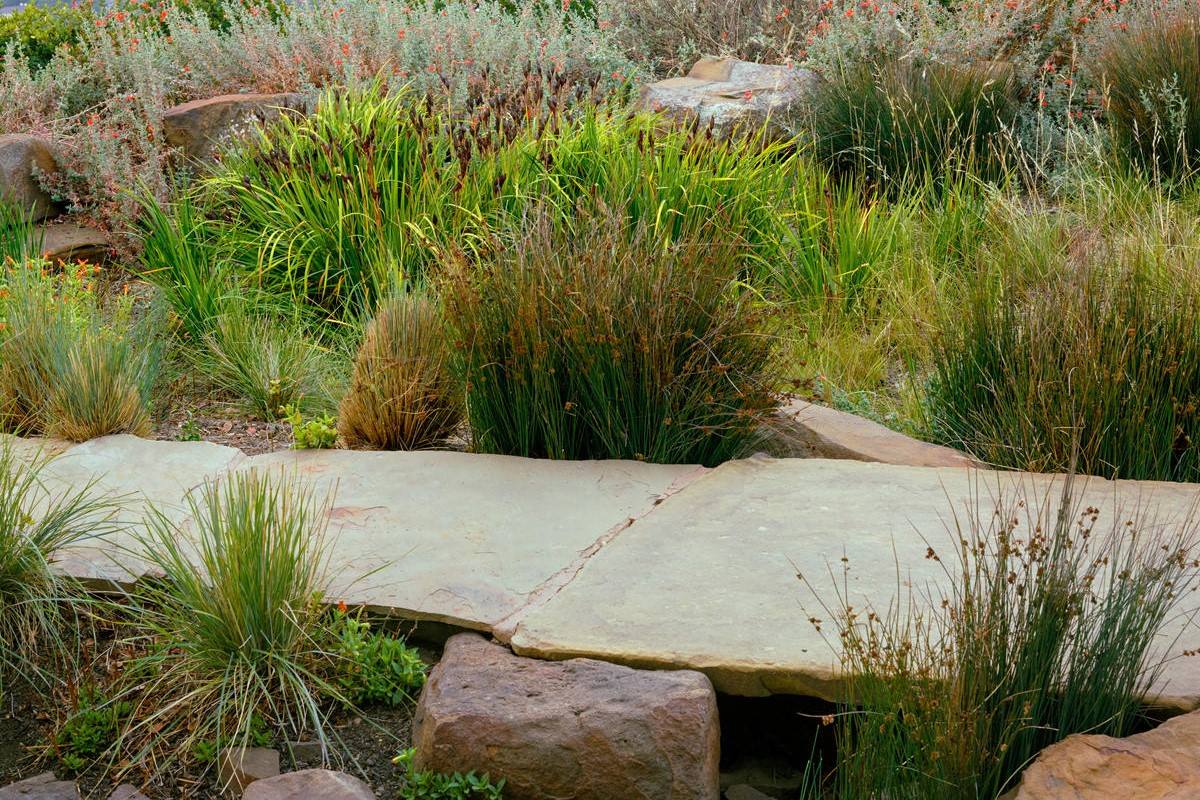
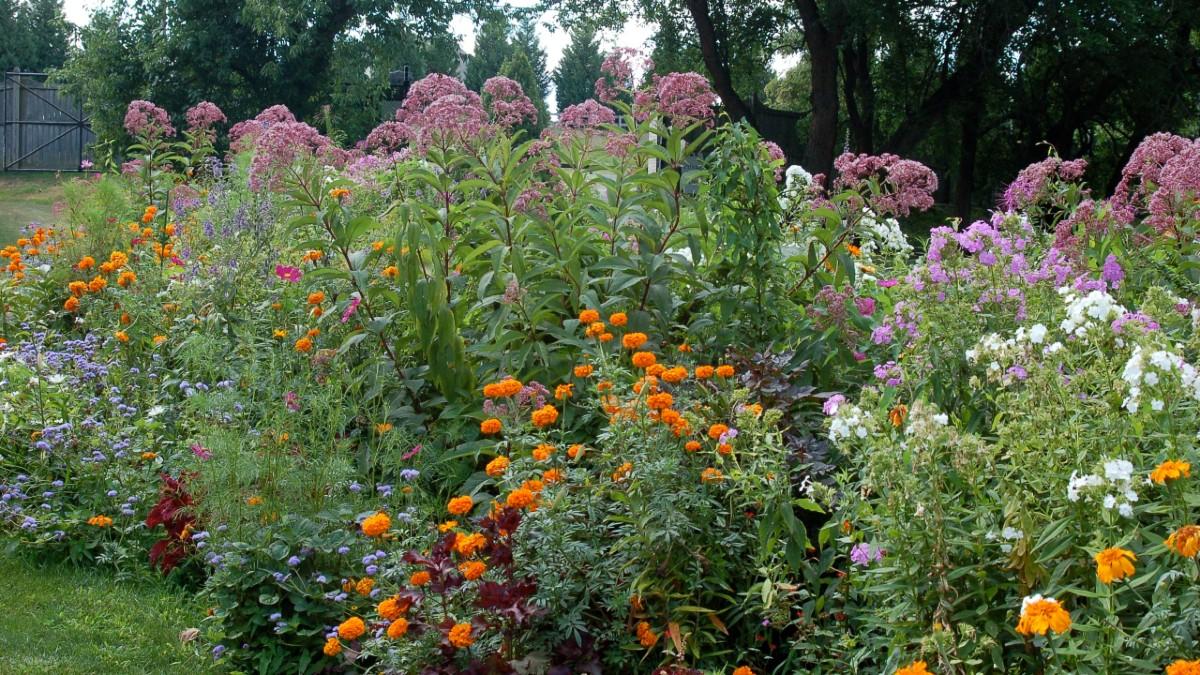
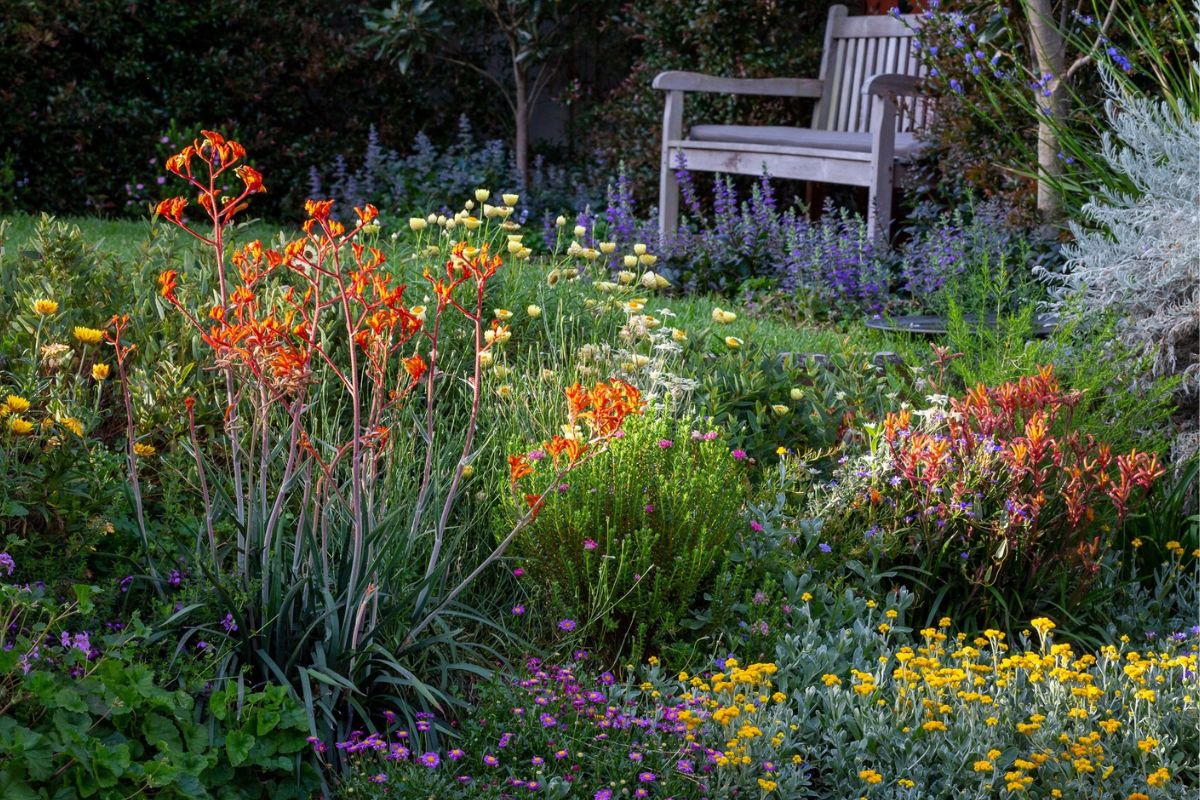
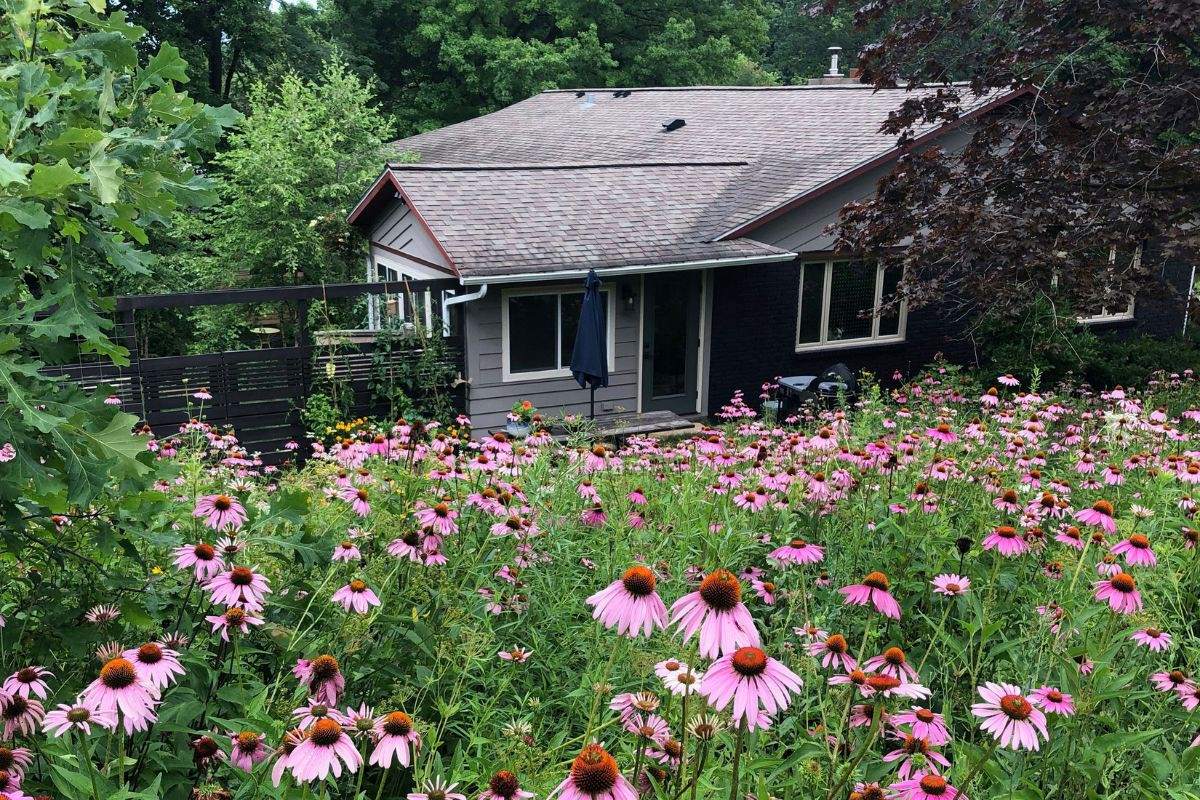
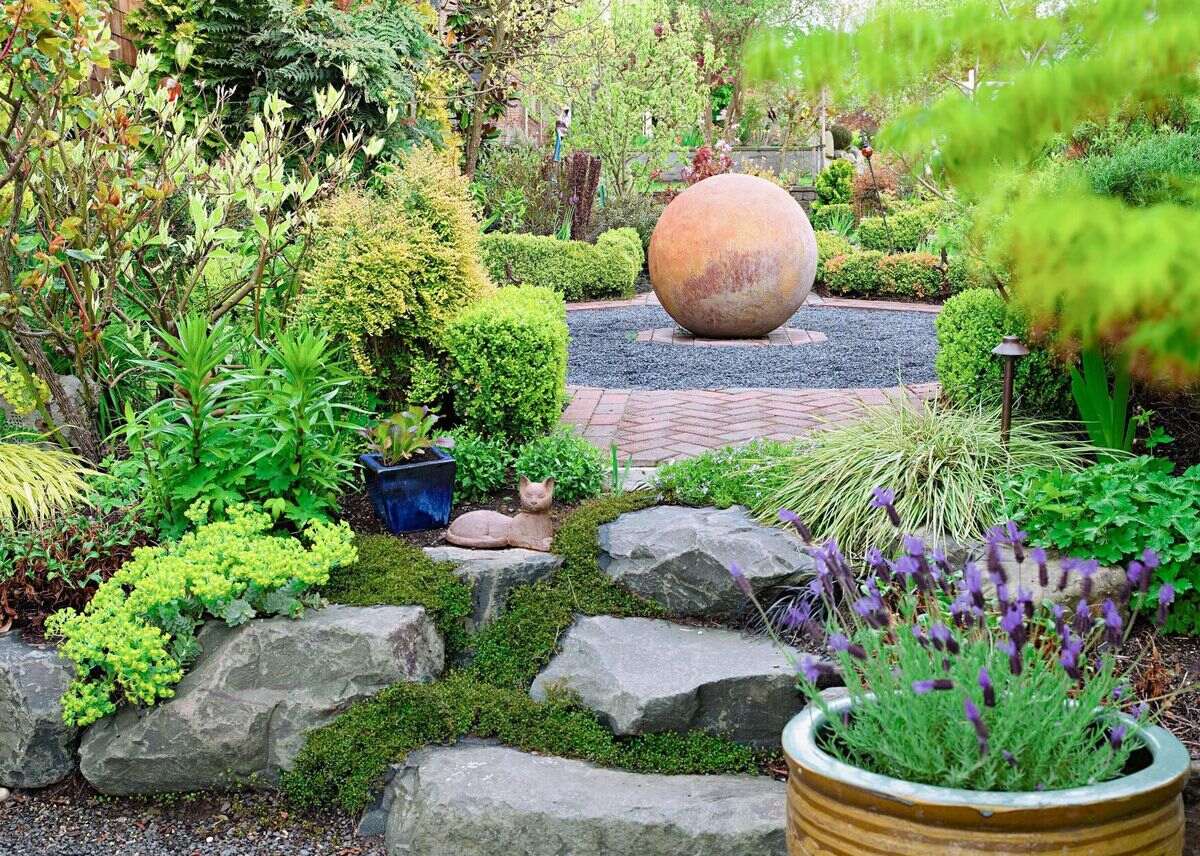
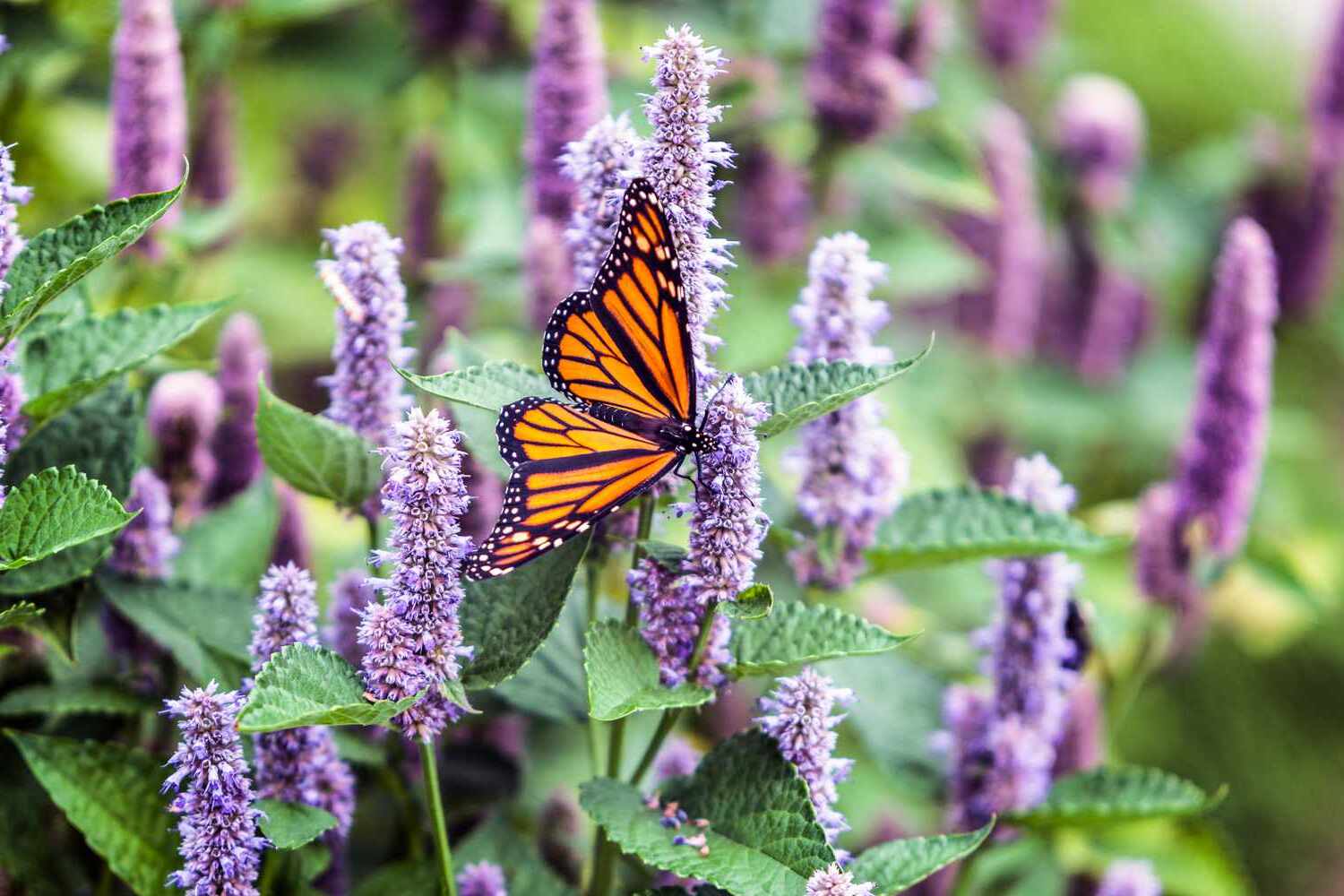
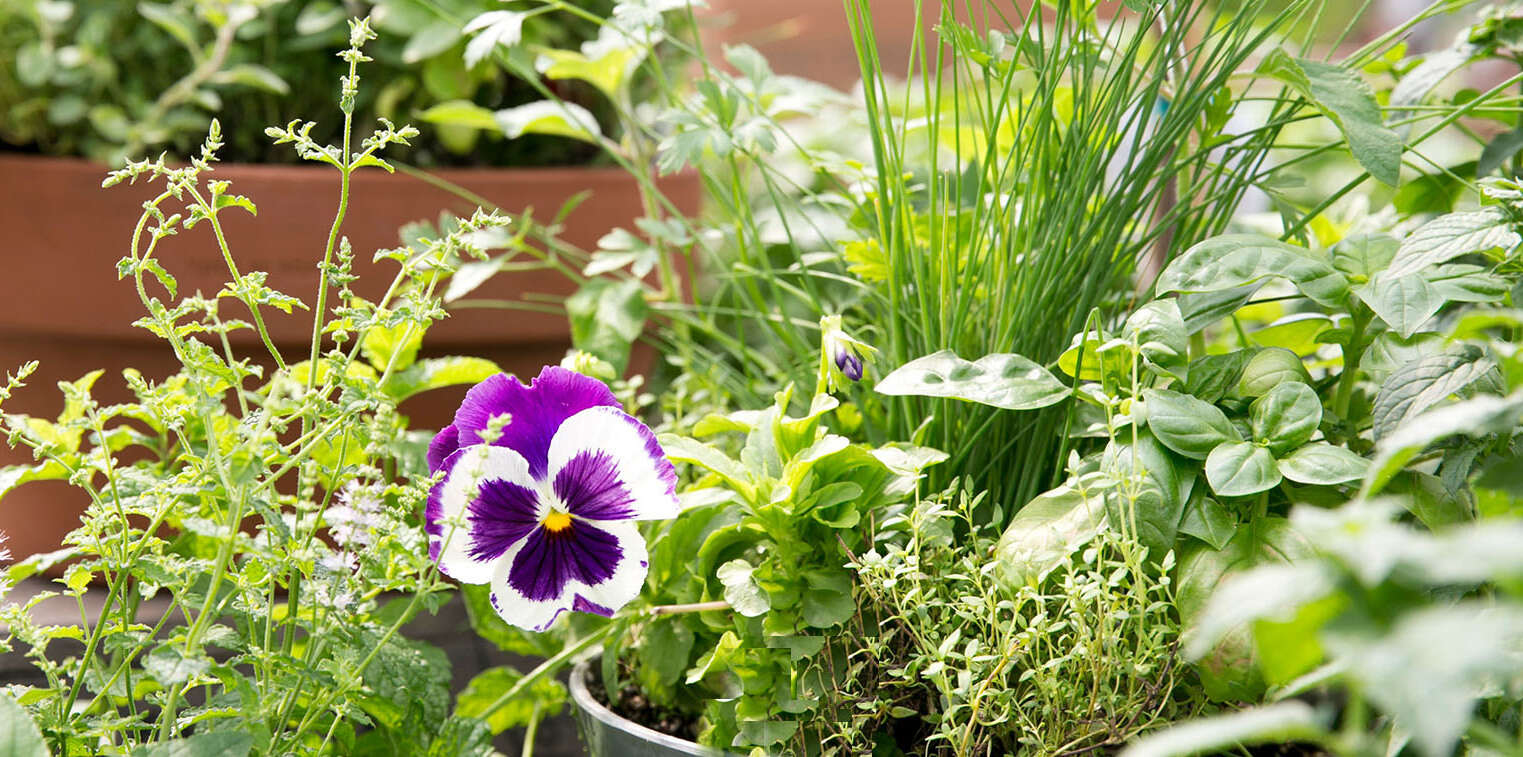
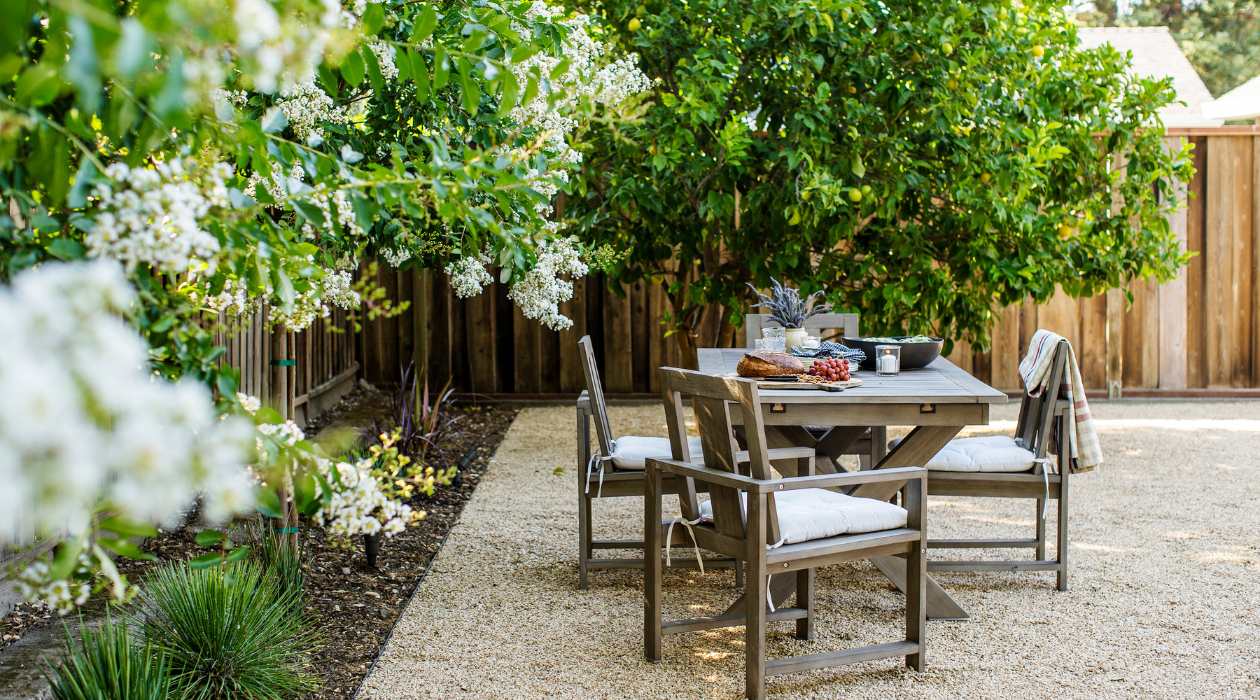
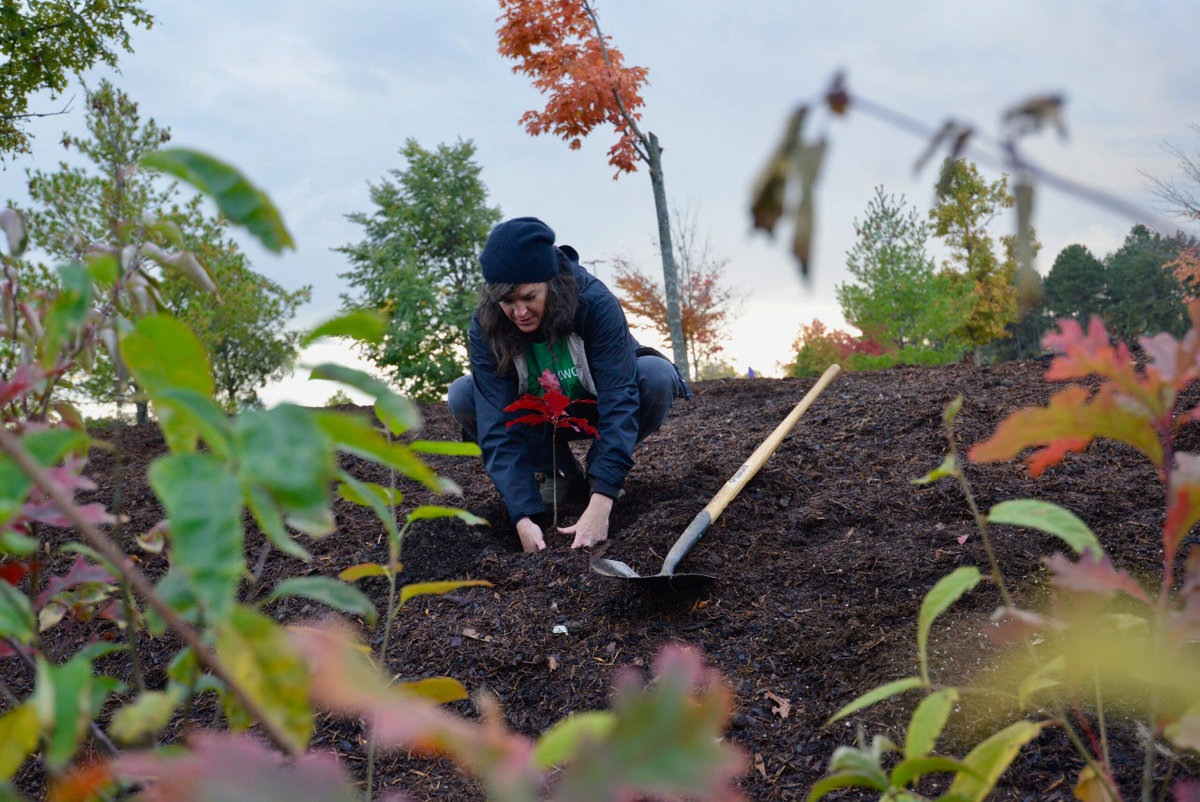
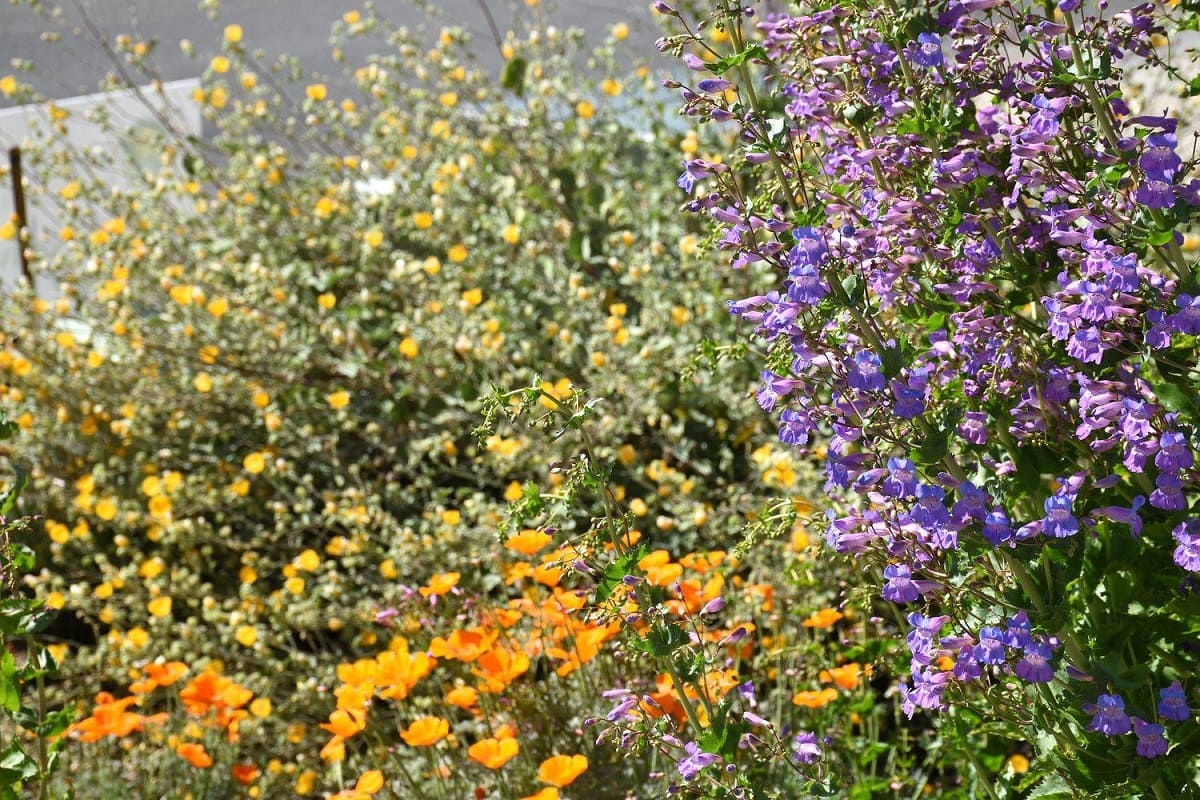
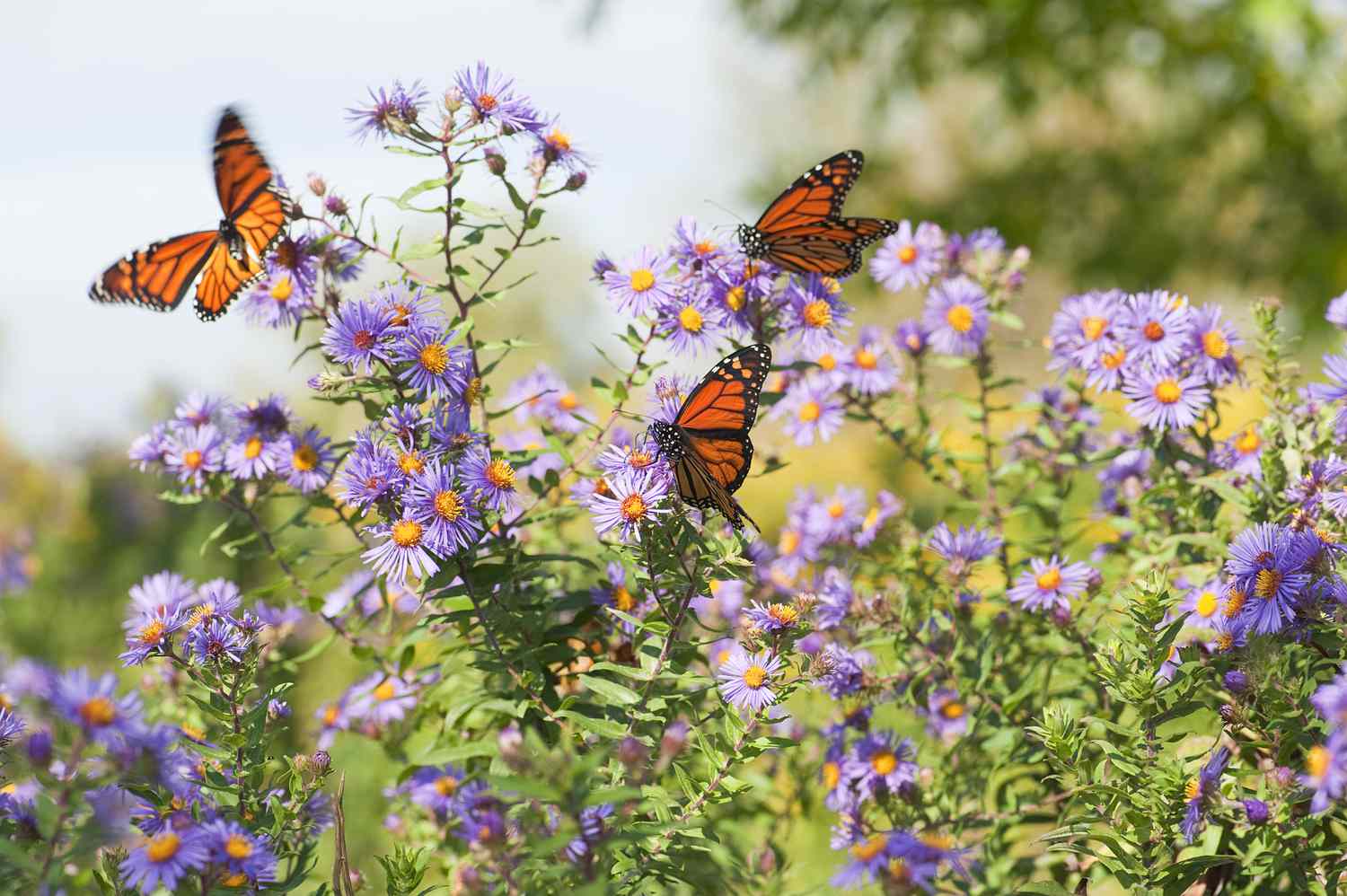
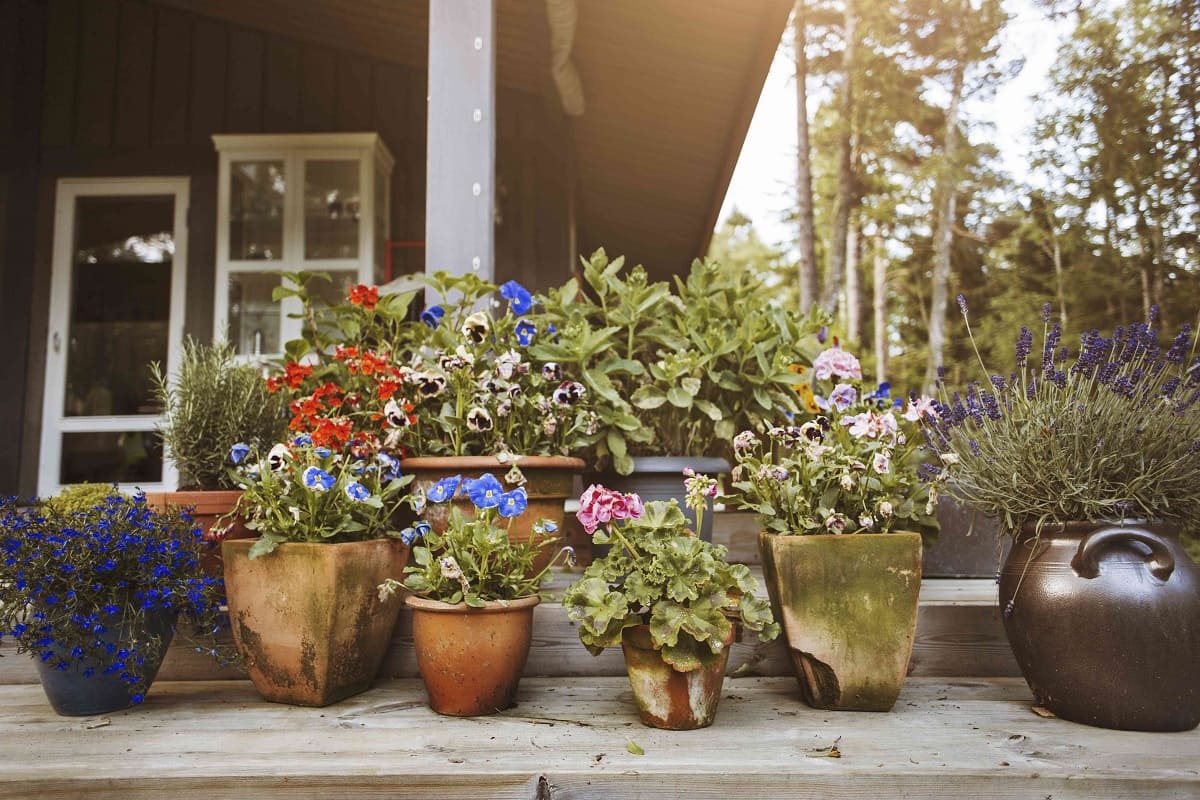
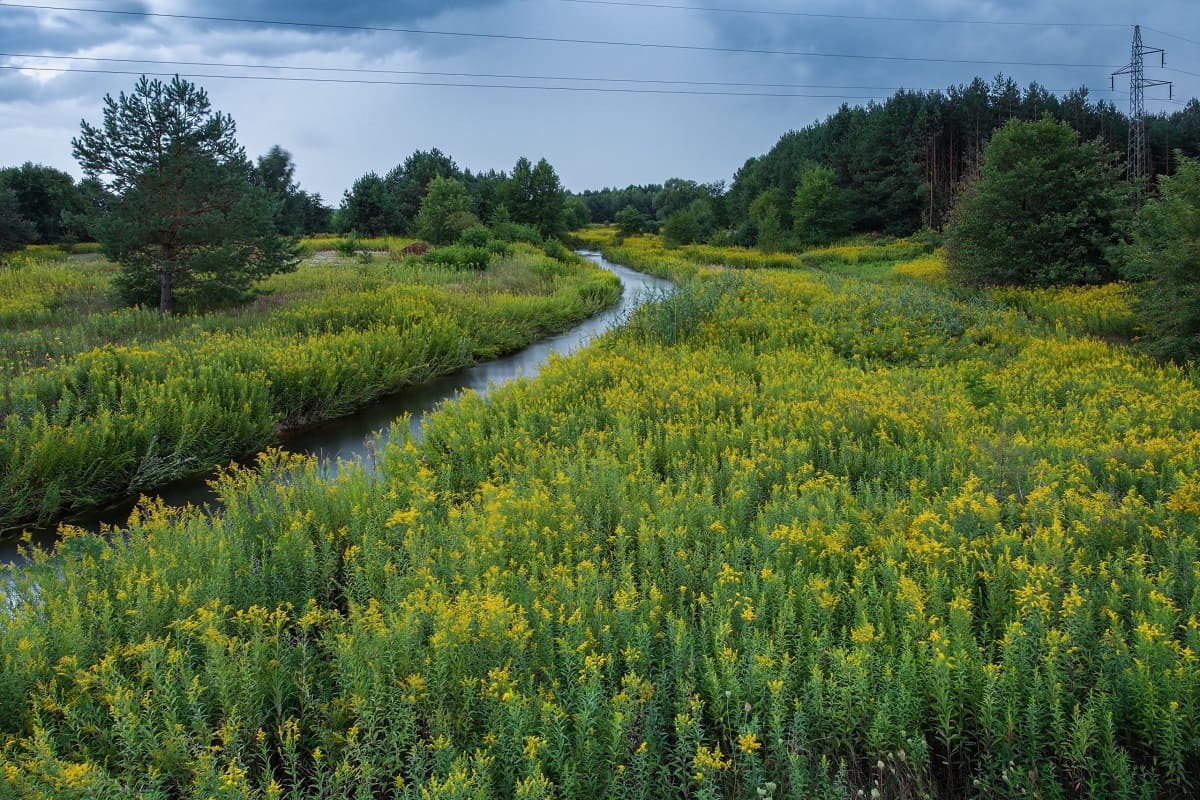
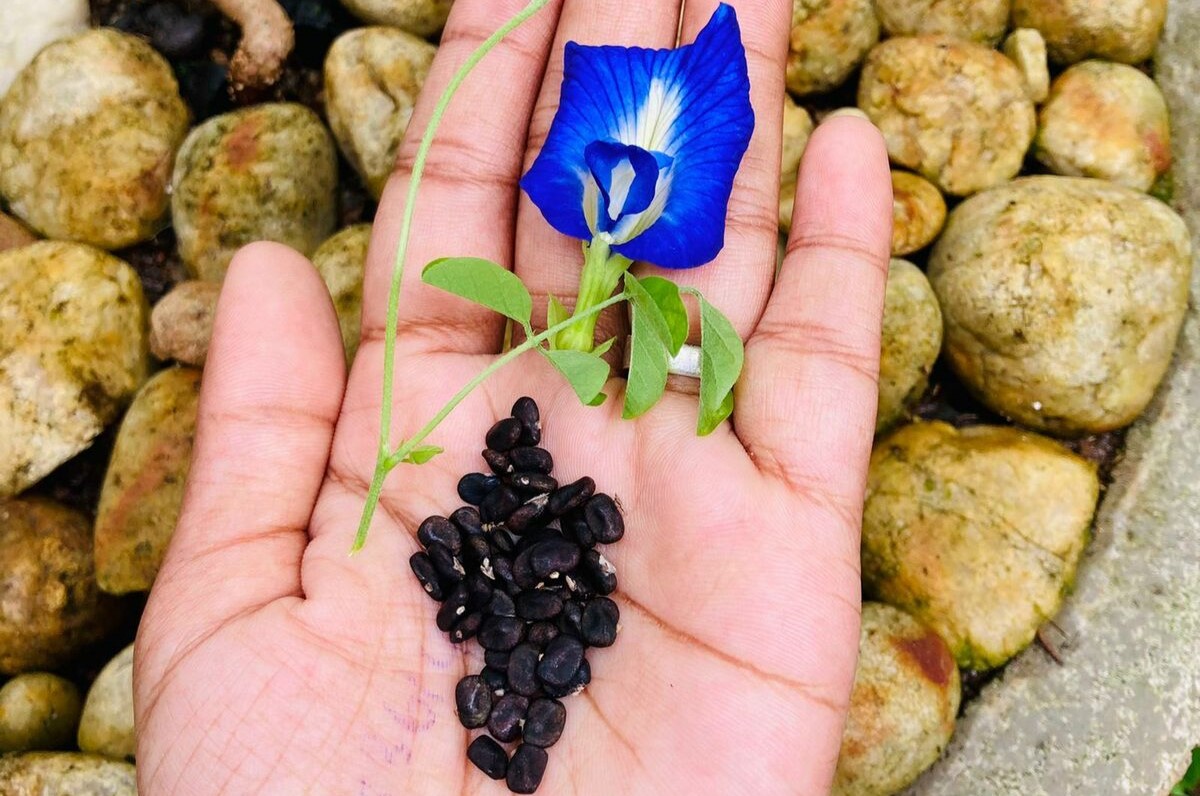

0 thoughts on “How To Arrange A Native Plant Butterfly Garden”